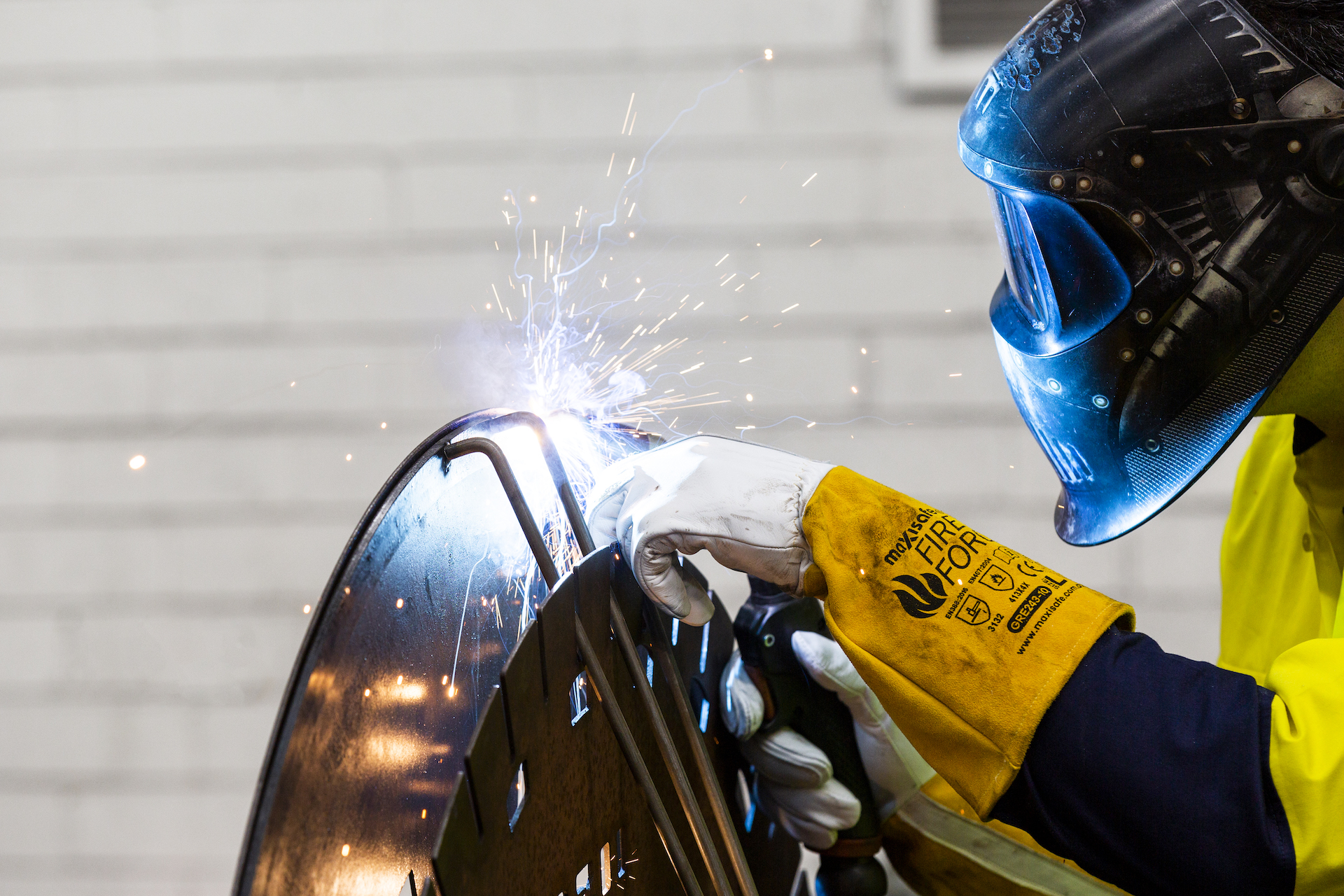
NEWS
Your favourites of 2025
We’re revealing the most popular powder coat and fabric colours for the year. No surprises – the top picks are heavily inspired by the natural hues of the Australian landscape.
Read More
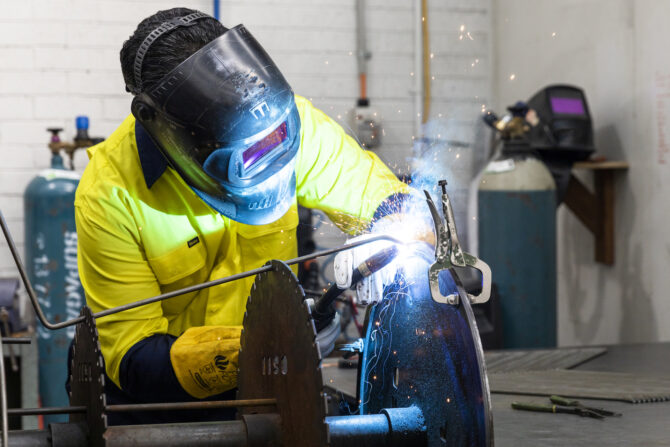
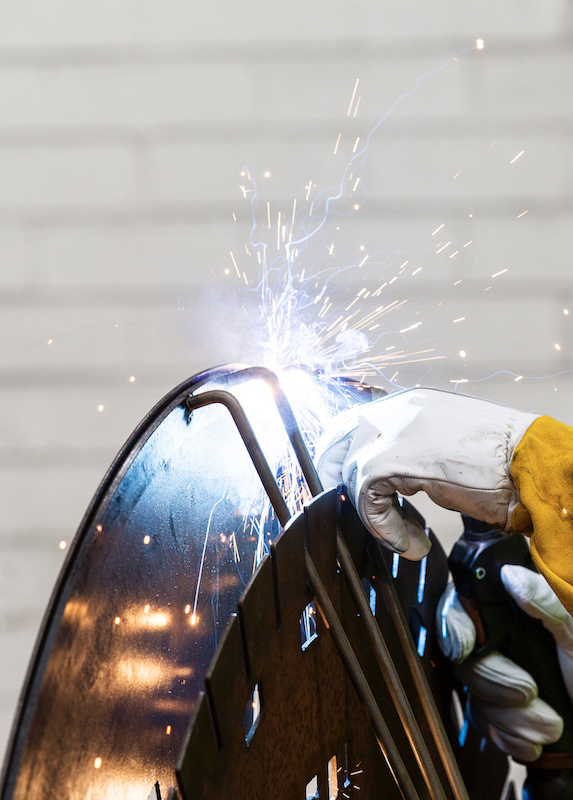


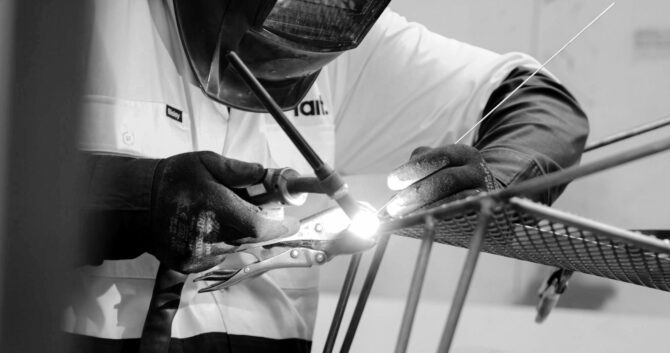
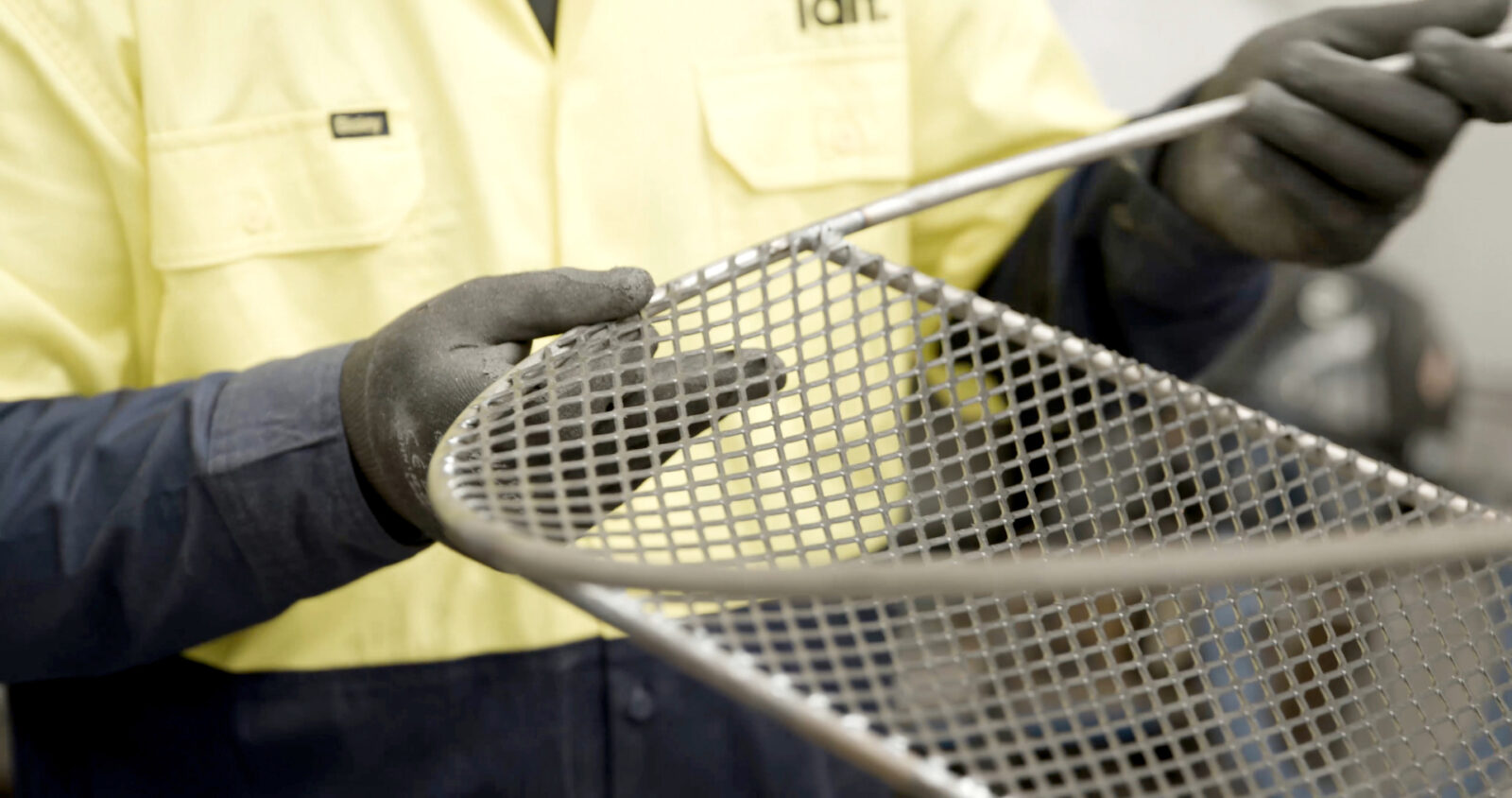

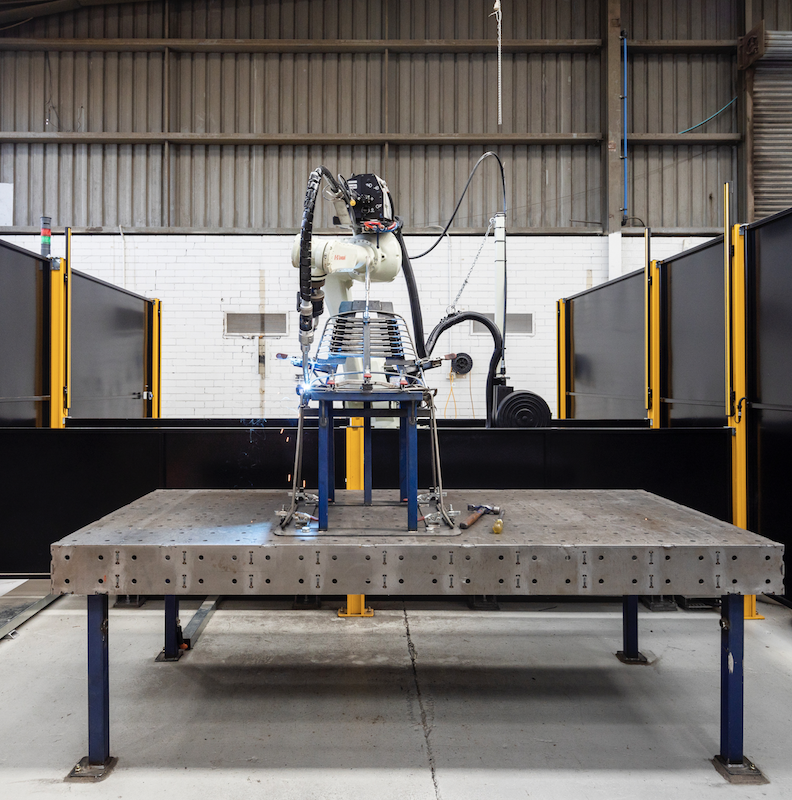
We’re revealing the most popular powder coat and fabric colours for the year. No surprises – the top picks are heavily inspired by the natural hues of the Australian landscape.
Read MoreA warmer, more relaxed way of life is upon us. We’ve gathered some tips and inspiration for your outdoor spaces to help make the most of your summer.
Read MoreYour outdoor oasis doesn’t need months to create. Our Australian-made furniture with your personal choice of colour comes with surprisingly fast delivery via our Online Store.
Read MoreWhether you’re entertaining more frequently or simply moving morning coffees and meals outside to embrace the warmer weather, preparing your outdoor space for the season ahead is essential.
Read MoreWe’re hosting a pop-up by Rigg Design Prize Finalist Jack Fearon. Discover new icons in our Melbourne showroom 8–22 November, see selected Fearon pieces in custom colours, and meet the creative behind it all.
Read MoreLocal manufacturing delivers invaluable benefits – like lightning fast 4–6-week turnaround from order to delivery.
Read More